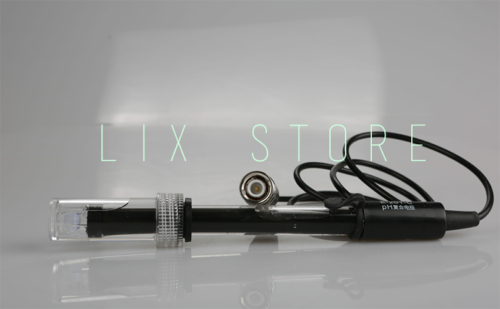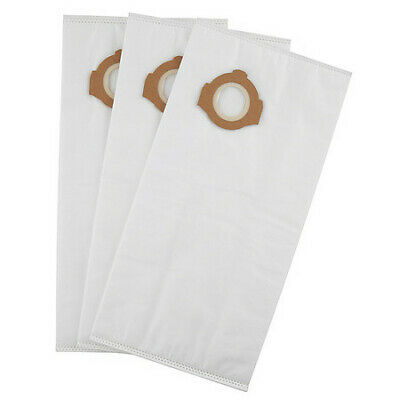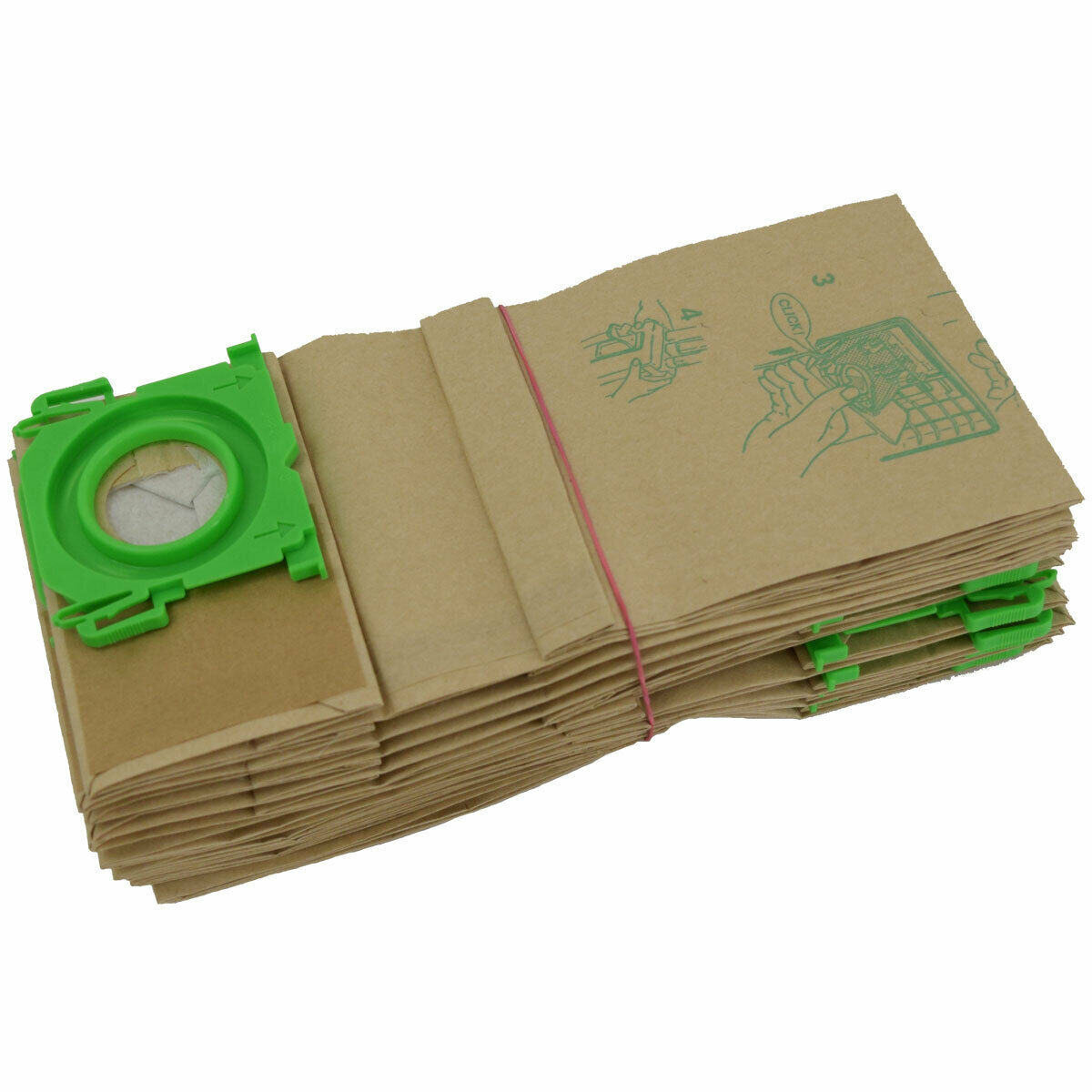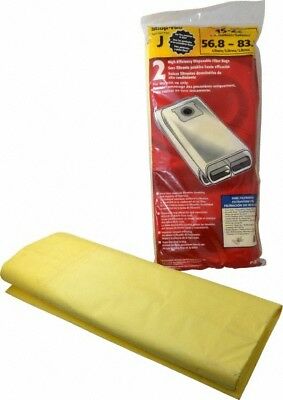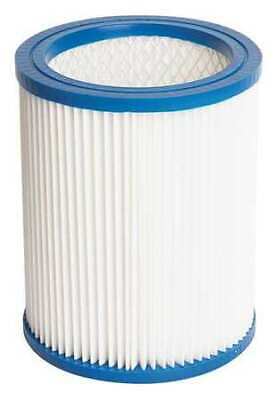-40%
1PC E-201-9 plastic case PH composite electrode has good sealing performance
$ 8.69
- Description
- Size Guide
Description
1PC E-201-9 plastic case PH composite electrode has good sealing performanceI. Use
This electrode is a plastic case non-fillable composite electrode combined with a glass electrode and a reference electrode. It is a PH meter measuring element that measures the hydrogen ion activity (PH value) in aqueous solution. It is widely used in the chemical industry, the pharmaceutical industry, Where in the dye industry and scientific research you need to test for pH.
Second, the main parameters
1. Measurement range: 0-14PH
2. Measurement temperature: 0-60 ℃
3. Zero potential: 7 ± 0.5PH (25 ℃)
4. Percent theoretical slope: (PTS) ≥98.5% (25 ℃)
5. Internal resistance: ≤250MΩ (25 ℃)
6. Alkali error: 0.2PH (1mol / L) Na +, PH14) (25 ° C)
7. Response time: ≤1 minute
Third, use maintenance and precautions
1. The electrode must be calibrated with a standard buffer solution of known pH before measurement. In order to obtain more accurate results, the known pH must be reliable, and the closer the pH is to the measured value, the better.
2. After removing the electrode protective cover, pay attention that the sensitive glass bubbles in the plastic protective grid do not contact the hard objects. Any damage and fretting will make the electrode invalid.
3. After the measurement is completed, the electrode protective sleeve should be put on when not in use. A small amount of 3.3mol / L potassium chloride solution should be placed in the protective sleeve to keep the electrode bulbs moist.
4. The lead-out ends of the electrodes must be kept clean and dry to prevent short-circuits at both ends of the output, otherwise the measurement results will be inaccurate or invalid.
5. The electrode should be matched with an acidity meter (≥1012Ω) with high input impedance, which can make the electrode maintain good characteristics.
6. Avoid long-term immersion of the electrode in the protein solution and acid fluoride solution in distilled water, and prevent contact with the silicone grease.
7. After long-term use of the electrode, if you find that the gradient has a slight love for the mainland, you can soak the lower end of the electrode in 4% HF (hydrofluoric acid) for 3-5 seconds, wash it with distilled water, and then place it in potassium chloride solution. Soak in medium to renew.
8. If the test solution contains substances that easily contaminate the sensitive bulbs and block the liquid junction, and the electrode is passivated, the phenomenon is that the sensitivity gradient is reduced and the cargo reading is not accurate. In this case, it should be cleaned with a suitable solution according to the nature of the contaminated substance, so that it can be renewed.
9. For measuring organic solvents that can dissolve polycarbonate resin, please choose the electrode with glass shell in the electrode (such as 65-1Q9 composite electrode).
Note:
When using a cleaning agent, if the cleaning solution that can dissolve the polycarbonate resin, such as carbon tetrachloride, trichloroethylene, tetrahydrofuran, etc., the polycarbonate resin may be dissolved and coated on the sensitive glass bulb to make the electrode Failure, please use with caution!
1.Packaging:1PC
2.Warranty period: 120 days
